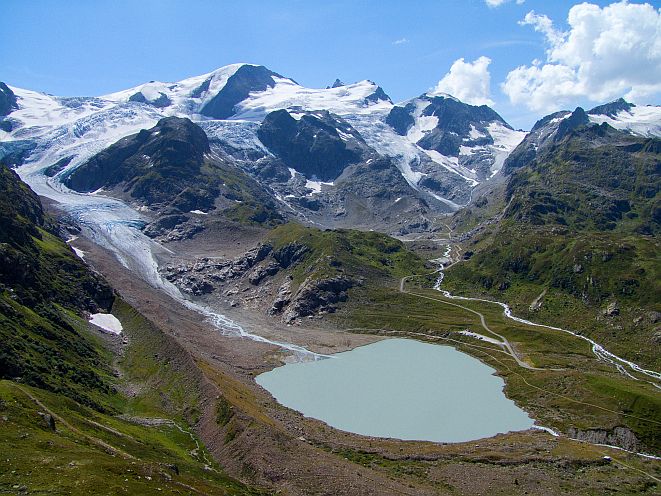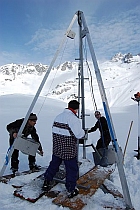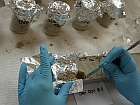|
A history of POPs over the past half century
The researchers were able to read the sediment layers in the Oberaarsee drill cores like tree rings, layer for layer all the way back to 1953, when the dam which created the lake was first built. “Based on our analysis of the layers we were able to confirm that POPs were being produced in large quantities from 1960 to 1970, and deposited in alpine lakes,” says Christian Bogdal, who completed his doctoral thesis at Empa on the polluting effects of these organic chemicals and who now conducts research in the field at the EZH Zurich. Equally clearly visible in the cores was the reduction in the quantity of pollutants at the beginning of the 1970s when many of these environmentally damaging substances were banned.
Just as impressive, and also somewhat surprising, was the renewed increase in POP concentrations in sediment layers which were only ten to fifteen years old, according to Bogdal. For example, the quantities of chlorine-containing chemicals found in sediment layers from the end of the 1990s were sometimes higher than those seen in the 60s and 70s. A possible explanation for this is that the lake is fed primarily by the runoff from the Oberaar glacier, the tongue of which has receded by 1.6 km since 1930. In the last ten years alone it has shrunk by more than 120 meters, and could therefore have released a relatively large amount of accumulated toxic substances. As environmental scientists have long suspected, and now proven, glaciers represent a serious secondary source of POPs re-entering the environment.
|




